Originally, BioShock had a storyline which was significantly different from that of the released version: the main character was a “cult deprogrammer”-a person charged with rescuing someone from a cult, and mentally and psychologically readjusting that person to a normal life. For example, Ken Levine cites an example of what a cult deprogrammer does: “[There are] people who hired people to [for example] deprogram their daughter who had been in a lesbian relationship. They kidnap her and reprogram her, and it was a really dark person, and that was the [kind of] character that you were.”
This story would have been more political in nature, with the character hired by a Senator. By the time development on BioShock was officially revealed in 2004, the story and setting had changed significantly. The game now took place in an abandoned World War II-era underground laboratory, which had recently been unearthed by 21st century scientists. The genetic experiments within the labs had gradually formed themselves into an ecosystem, centered around three “castes” of creatures, referred to as “drones,” “soldiers,” and “predators.” This “AI ecology” would eventually form the basis for the “Little Sister,” “Big Daddy,” and “Splicer” dynamic seen in the completed game. [Infos from Wikipedia]
In some early screenshots and concept arts, we can see different designs for “Big Daddy” and a removed “Garden Level” area.
In the beta videos there is a very early looking beta hud and a removed plasmid called Speed Boost that makes you move faster so you can avoid the turret. Also at one point near the end you see a little sister get killed by a splicer which can’t happen in the final game. At one point in development the developers wanted plasmids to have a more permanent effect and permanently alter your body much like the splicers. For whatever reason they decided to cut it out of the game, but you can still see it in the second beta video. You can see that after he uses that one gunk ball plasmid thing and switches back to his weapon his hands still stay altered from using the plasmid until he switches to a new one. Where in the final game if you use a plasmid that alters the way you look and switch back to a weapon your arms and hands instantly go back to normal.
At Irrational Games’ website they published even more info on the early / unused characters:
Frog with a Funnel in its Anus: Before BioShock’s “gatherers” became Little Sisters in an artistic process characterized by false starts and filled garbage bins, they were sea slugs. Nobody empathized with the creatures enough to care whether they lived or died. When the call went out to come up with a character that players would pity, Art Principal Scott Sinclair submitted this insipid image of a toad with a funnel and sun tea jug attached to its anus. Scott insists that fellow artist Shawn Robertson’s “dog in a wheelchair” is more embarrassing by far.
Stay Puft Bouncer: Initially reluctant to add a drill arm to the Bouncer Big Daddy variant at Creative Director Ken Levine’s insistence, artists Nate Wells and Robb Waters started exchanging a series of images in which they attached marshmallows, human butts, and other items to the character’s hand.
SloProFum: SloProFum, the studio’s internal name for this prototype Big Daddy variant that mauled players with an enormous hook and fired iron bearings from a barrel, stands for “slow projectile/fucked-up melee.”
Also, in another article they talks about an atmospheric pressure system and other things removed from Bioshock:
BioShock was slated to simulate deep-sea atmospheric pressure changes. In fact, the feature was functioning when the game shipped.
Technical Director Chris Kline explains: “Any area in BioShock could be associated with a ‘pressure region.’ Machines in each region allowed players to change the local pressure between low, normal, and high parameters. For each room in the game, there were entirely different light, fog, and HDR rendering setups, and when the pressure was changed, the whole atmosphere in the room would smoothly blend from the current setup to the new setup. In addition, every AI responded differently to pressure, meaning that, depending on the current pressure, the AI would have different animations, vocalizations, appearance, speeds, vulnerabilities to different damage types, and damage bonuses. […]
“In practice, the system was a disaster because it caused several gameplay and production issues. Most importantly — and this is the issue that put the nail in the system’s coffin — was that we never found a good way to clearly convey the effect of pressure through audiovisual changes.
Interestingly, some remnant of this system shipped with BioShock. “While we ‘cut’ pressure from the game,” Kline says, “the portion that controlled lighting and fog changes was left in the code. At one point, I discovered (to my horror, because the code hadn’t been tested in ages) that artists were hijacking the pressure system to script lighting and fog changes — most notably in the Arcadia level when the trees die and are brought back to life. So I suppose that the code was solid.”
“Early on during BioShock’s development, we went through a phase that placed much more emphasis on biotechnology,” says designer Alexx Kay. “Audio logs, instead of being tape recorders, would be squishy, organic things, with lips and ears. Machines that seemed mechanical on the surface would actually have mutated humans operating them behind the scenes — something that players would only come to realize partway through the game. There is a small remnant of this notion in the hacking mini-game; originally, the fiction behind it was that you were increasing the flow of Adam to this addicted, mutated slave, and he was giving you extra benefits in gratitude.
BioShock’s insect-based ecology: According to designer Alexx Kay, “One of the original inspirations for BioShock was Ken Levine’s belief that it was getting too hard to create meaningful human interactions in games. His first take on a solution: model meaningful insect interactions, like you would see on a nature show. BioShock would feature a complex ecology of creatures that interacted in simple, easy-to-get ways. Harvesters would gather resources and bring them back to Queens. Aggressors would attack the Harvesters, Protectors would guard them. (The Queens were large, immobile creatures, with lots of Adam, who could summon Protectors if attacked.) There would never be any speech, or any indication of higher intelligence.
BioShock’s navigation robot: During the middle stages of Bioshock’s development, the team realized that due to the complex connectivity of Rapture, players needed assistance in order to navigate the city and complete quests. Technical Director Chris Kline says, “We wanted a map, but were concerned that this would take too much programming and design/art time to implement. So I came up with the idea of Nav-Bot: You could press a controller button to summon your Nav-Bot, activate him with another controller button, and then select from a list of destinations in a 2D user interface. You could then follow him to the designated location.
Thanks to Earthwormjim and Robert Seddon for the contribution!
Images:
Videos:
What do you think about this unseen game? Give your vote!
Would you like to add more info, screens or videos to this page? Add a comment below!
- Quark (Quantic Dream) [Dreamcast – Cancelled] - 24-03-2024
- Fortris [PC/Playstation/Dreamcast – Cancelled] - 09-03-2024
- Gorkamorka [PC / Dreamcast – Cancelled] - 16-12-2023

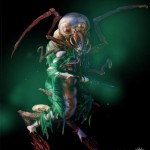
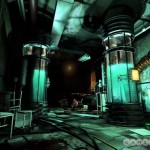
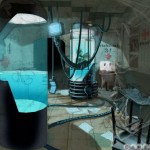
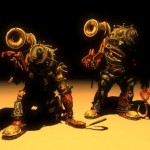
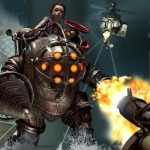
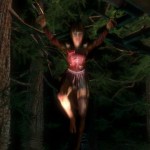
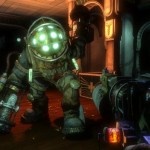
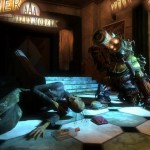
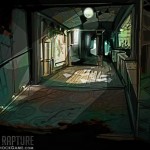
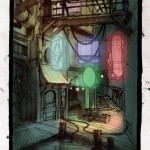
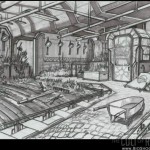
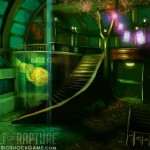
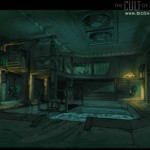
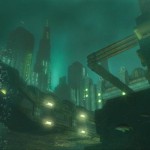
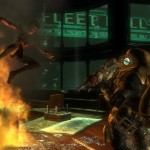
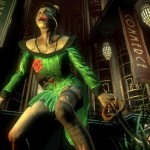
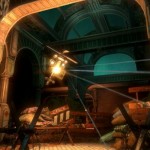
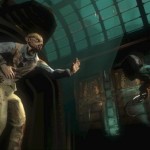

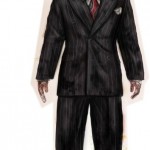
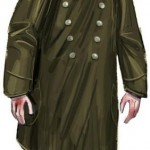
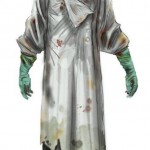
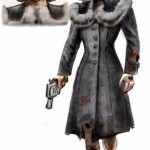
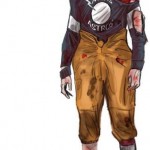
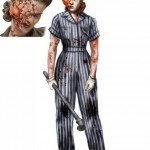
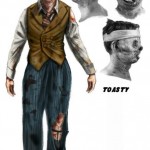
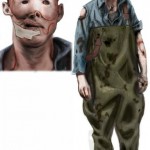
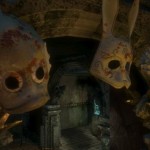
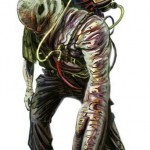
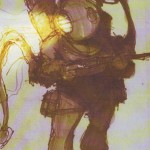
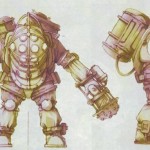
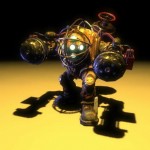
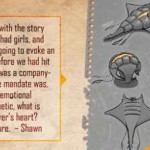
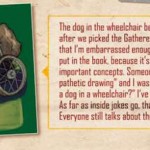
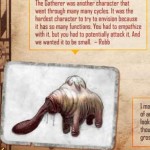
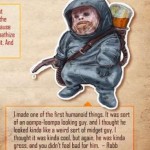
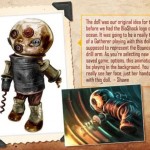
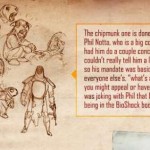
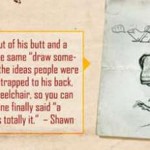

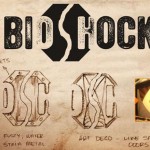
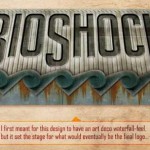

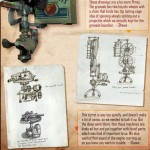
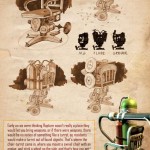
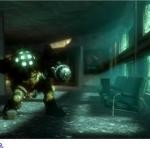
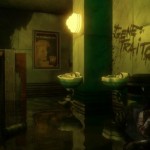
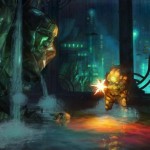
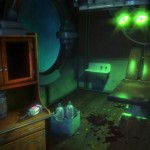
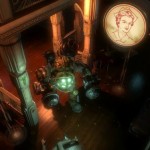
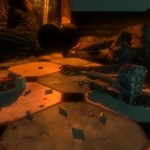
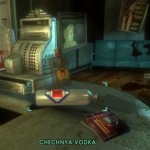
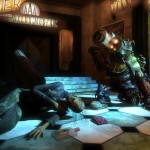
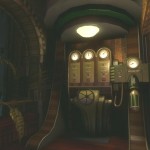
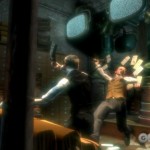
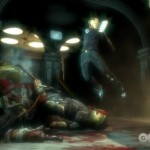
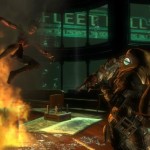
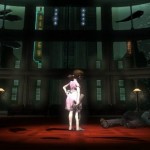
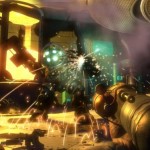
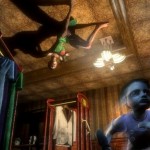
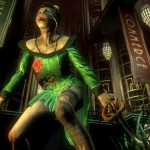
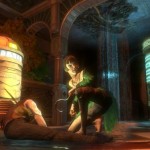
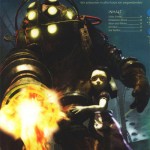
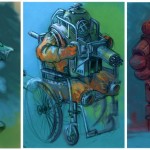

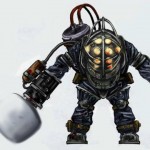
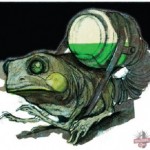
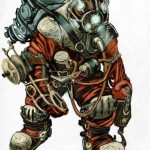


This article by Irrational talks about an atmospheric pressure system and other things removed from Bioshock and System Shock 2.
For System Shock 2 fans: http://irrationalgames.com/insider/what-might-have-been/#more-2966
Game Informer magazine got an interview with Irrational games with other beta things in it like proto-Big Daddies and a concept with the game being with Nazis. I can get the issue #, but I don’t know if I can scan it.
Maybe someone else will scan those pages, we could search for them online :)
Bioshock Art Book:
http://downloads.2kgames.com/bioshock/artbookhigh.zip